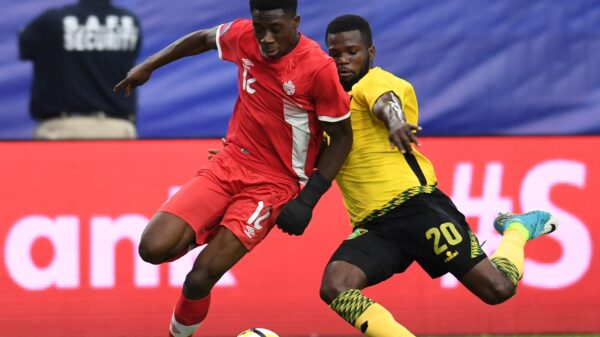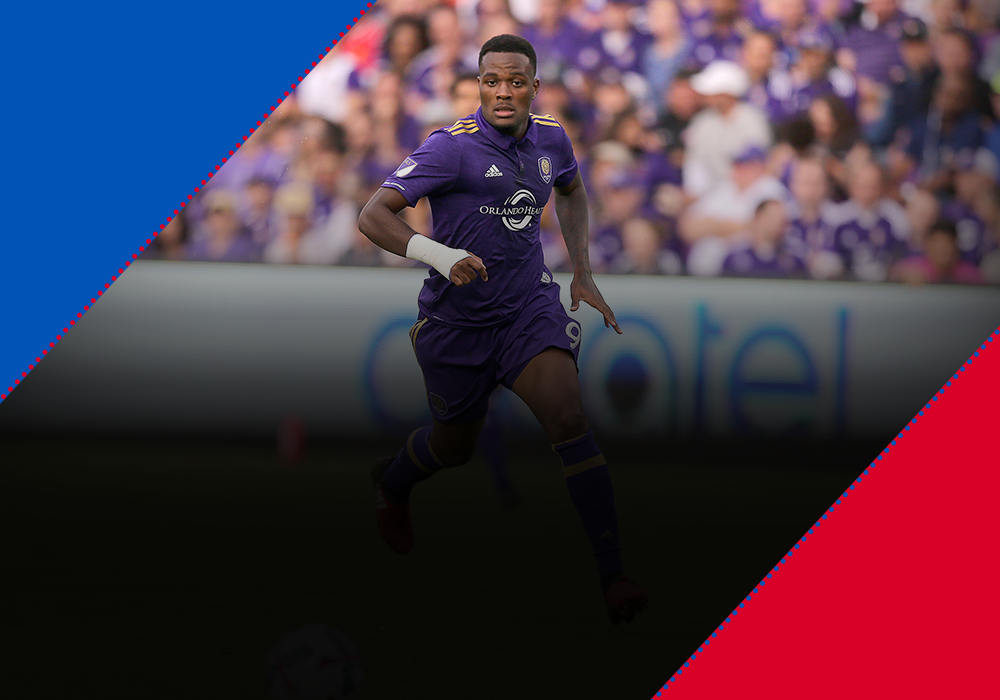The MLS has managed to rope in big names over the past years with their designated player policy. While the league has been look at as a retirement home by many, it has been making the right strides to attract big name players who still have time on their side and much to offer on the field. Jonathan Sigal talks about how the role of designated players in the MLS has grown for the betterment of sport, both on and off the field.
When one thinks of the biggest football leagues in the world their mind understandably so jumps towards destinations such as the England’s Premier League, Germany’s Bundesliga, Spain’s La Liga, or Italy’s Serie A. After all, these leagues are etched in history as the zenith of footballing ambition; a place where the upper echelons of players ply their trade amidst rigid competition. The allure of crowded stadiums, lucrative contracts, and stardom has long drawn the biggest names in football to these European leagues. But over roughly the last couple decades another player has slowly emerged as a force to be reckoned with – America’s Major League Soccer.
As a league that will only be entering its 20th season this march, MLS is fledging and in its infancy when compared to the cemented pillars of club football. It often has been labeled as a retirement league; a place where rusting stars slowly fade away in the twilight of their career. This stereotype holds some merit, largely because of something called the Designated Player (DP) rule. When the league’s most famous signing, David Beckham, arrived in 2007, those in power allowed teams to sign players that would normally be outside of their financial territory. This in turn allowed MLS teams to compete for stars in the international market.
Critics of this rule are spot on to some degree. Stars such as Italy’s Marco Di Vaio, Sweden’s Freddie Ljungberg, France’s Thierry Henry, and Germany’s Torsten Frings all saw out their illustrious international and club careers among lesser competition. However, the role these players had extended far beyond that of retirement. They pushed the league to new standards, raised the level of play, and allowed it to emerge from the embers rearing to disturb the status quo of club soccer. Fast forward to the modern day and MLS is still below the level of somewhere like the Bundesliga, but it’s not as far off as one may think.
The league is no longer merely attracting star players who are worn down and on the field for their marketing value and ability to conjure up magic once in a while. Rather, players who are in their prime and still able to contribute to their team in a major way are flocking to the league in unforeseen numbers. The list is rather extensive, so let’s start with some of the bigger name DP’s that even casual football fans can recognize.
Kaka, a Brazilian star who has won the Ballon d’Or, World Cup, and Champions League, will join the newly founded Orlando City SC team in 2015. The 32-year-old has four or five solid years left in his tank and can with relative ease still glide past defenders on the dribble, strike from distance, and find penetrating through balls. Staying in the same level of notoriety, David Villa, the leading goal scorer of the Spanish national team, will join a new team of his own in New York City FC in 2015. The 33-year-old Spanish star was terrorizing La Liga not too long ago for the legendary teams of Barcelona and Athletic Madrid.
Getting a little bit younger, MLS’ Seattle Sounders has had an international star of their own on their books for a several seasons now. Obafemi Martins, a 30-year-old Nigerian international, has found the back of the net 25 teams across two seasons for the Sounders and routinely terrorized defenders with his clever runs and deft passes. While slightly less known, Pedro Morales of the Vancouver Whitecaps has had just as sizable of an impact as Martins. The Chilean playmaker and former member of Malaga scored 10 times and tallied 12 assists for the Whitecaps this past season. More importantly though, he strung together his team’s attack with impeccable long switches and deft through balls.
Remaining in the attacking midfield position, Toronto FC was able to nab the signature of Italian national team player Giovinco this off-season. Still well in his prime, Giovinco was recently darting through the center of the park for Juventus and is set to contribute to his new team in a major way. All of these aforementioned DP’s embody the type of player that MLS is able to acquire on the international market, but the league’s DP program is also attracting many of the best American players.
Jozy Altidore, a leading American striker, and Michael Bradley, America’s best box-to-box midfielder, both are teammates of Giovinco at Toronto FC. Clint Dempsey, the American captain, is Martins’ strike partner at Toronto. Jermaine Jones, an American star and former stalwart for Schalke, marshals the center of the park for the New England Revolution and is arguably the best midfielder in the entire league. Lastly, Omar Gonzalez, who is one of the better center-backs for the U.S. national team, leads the Los Angeles Galaxy’s back-line and is considered by many to be the best defenders in the league.
Returning to the original argument, MLS has come a long way in the last twenty years and a major reason for that is the DP program. While household names like Kaka or Villa may pop out at first glance, the product the league is producing week in and week out has grown with leaps and bounds. There still are strongly rooted criticisms of the DP program, as the aging Frank Lampard and Steven Gerrard both will take their talents to MLS in July. However, they do not represent the whole, unlike players of their stature used to.
Players are now crossing the pond in the primes of their careers and etching out legacies as stars, rather than slowly wilting away in retirement mode as a shadow of their former selves. These DP’s are also setting a higher standard for the product on the pitch, and in turn are raising the level of play of everyone around them. Due to their storied backgrounds, they refuse to settle for mediocracy and demand that those around them bring their best week in and week out. This creates a more entertaining brand of football, but most of all is pushing MLS towards the level of some of the world’s top leagues.
Through this level of play, the type of player MLS attracts outside of the DP market is also improving. No longer are average overseas or domestic players coming to enjoy the American way of life, but instead to play football at a high level that will ultimately further their respective careers. Also, from a marketing perspective the DPs have been extremely successful. They are in many ways the face of the franchises they play for and serve as symbols of a city’s beloved club. With the DP at the cornerstone, the fans of a team can lean on the said player to propel their organization to silverware.
Furthermore, the DPs are revealing how serious the MLS is about emerging as a significant player in the international market. The league as a whole is ardently pursuing top class players who can foster a positive product both on and off the field. Lastly, the global reputation that MLS has would be nowhere near the level it is without the influence of all its DPs. Odds are football would be struggling to get off the ground in America without players like Kaka, Villa, and Dempsey and would not be rapidly approaching the upper echelons of club football.
With everything considered, MLS’ lofty aspirations ultimately depends on the continued upwards trajectory of its on the pitch product. However, with the transformative DP program at the core, additional international and domestic stars will slowly matriculate to the league. At this rate, Europe better watch out because MLS is hot on their heels.
Written by Jonathan Sigal
- MLS: Where Money Doesn’t Always Buy Happiness - February 10, 2015
- MLS: Growth of the Designated Players - January 30, 2015




























































